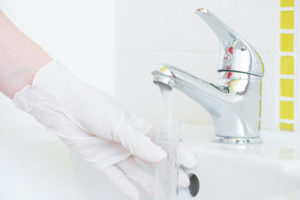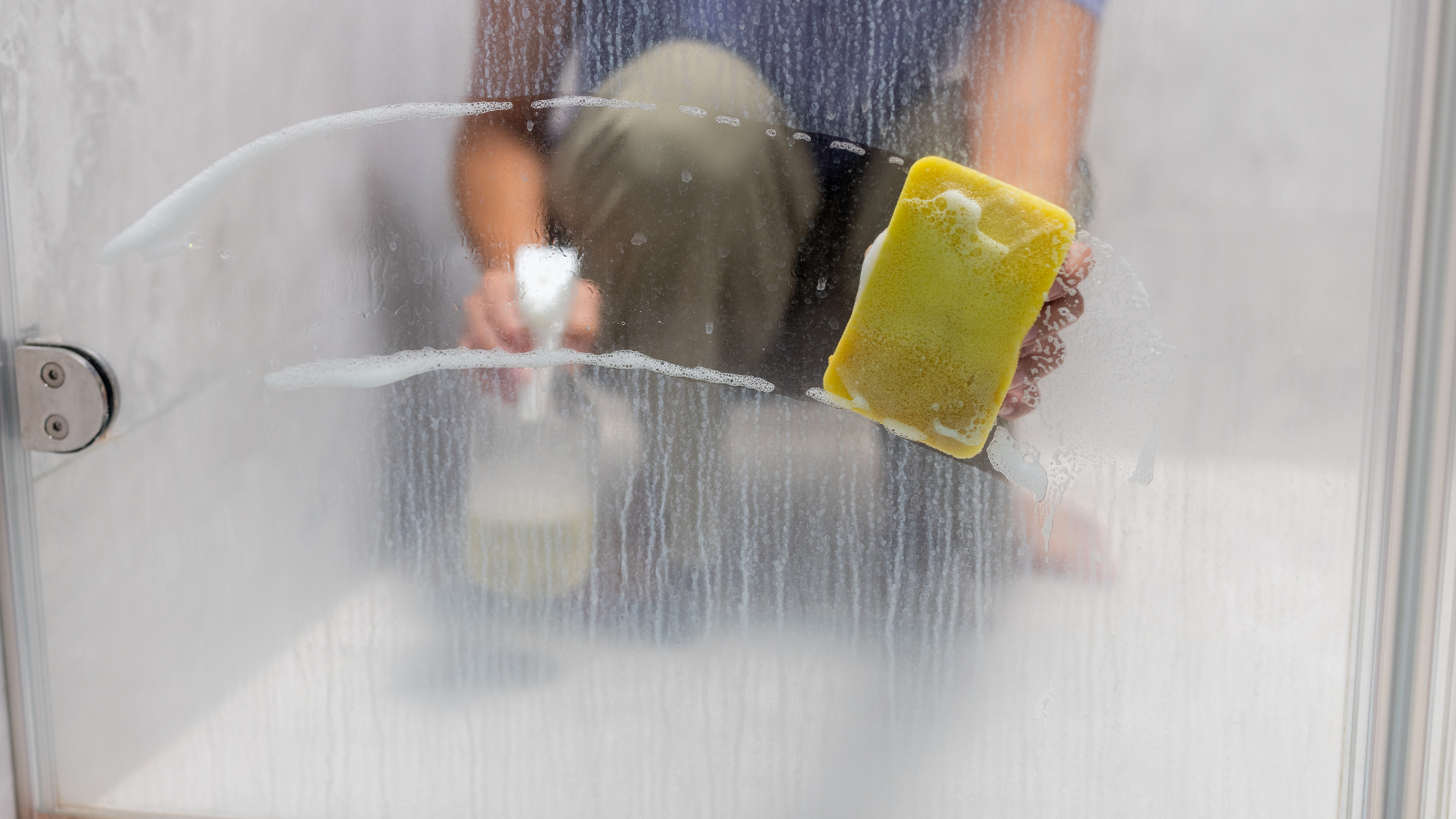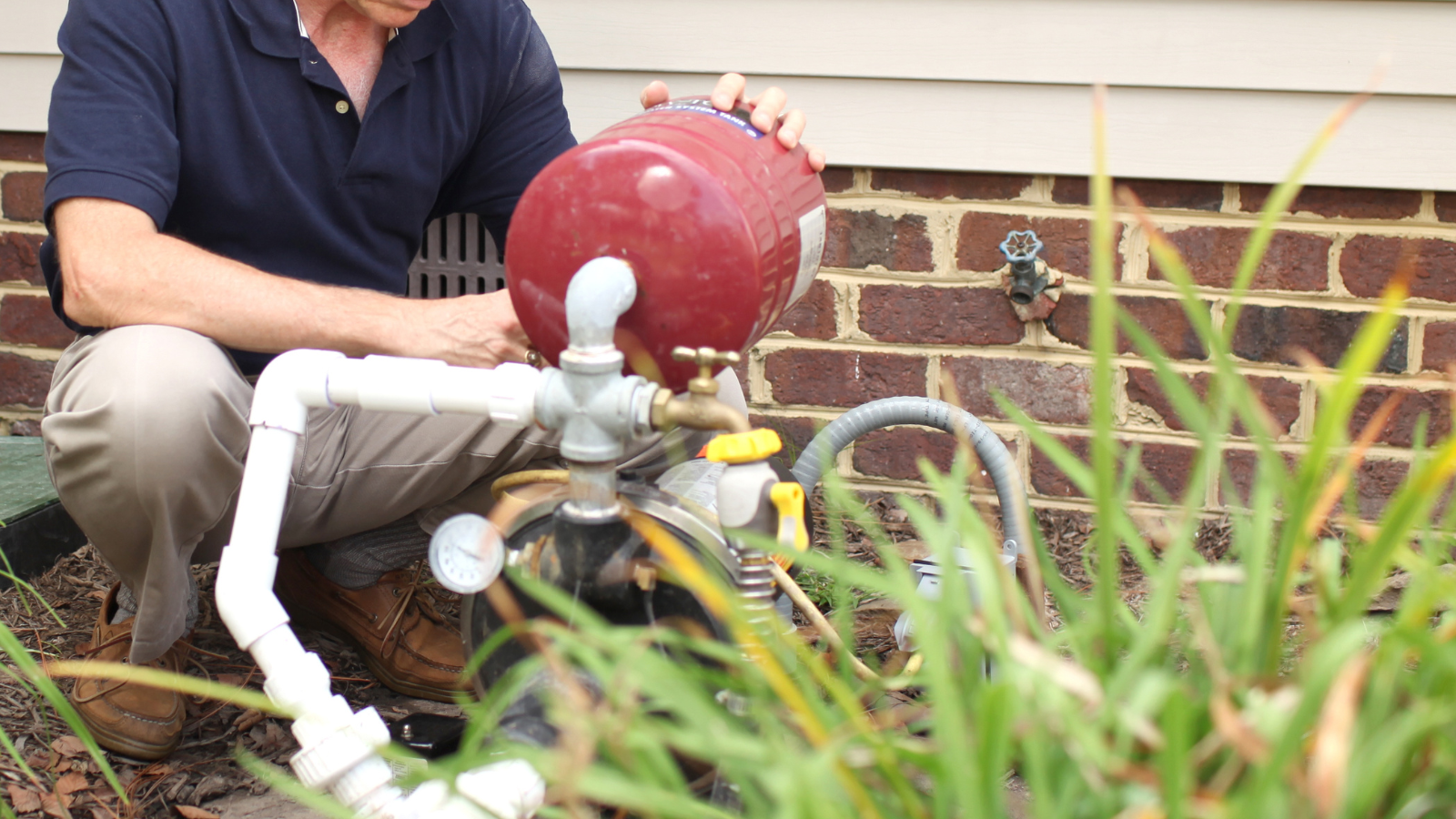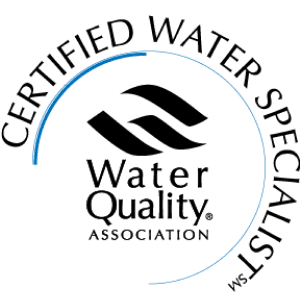Maryland Well Water Statistics

According to a University of Maryland study, about 33.3% of all Maryland residents, or just over 2 million people, rely on private wells for their drinking water.
Private wells can suffer from many of the same pollution problems as municipal water systems, with elevated levels of bacteria, viruses, pesticides, nitrates, heavy metals, and other contaminants.
However, unless a well serves more than 25 people, it doesn’t need to be monitored according to federal or state laws. This leaves the responsibility of testing for and treating contamination to the well owner, and the Environmental Protection Agency recommends testing well water at least once a year.
Sources for Well Water Contamination
Source water assessments conducted by the EPA in Maryland indicate the most common potential sources of contamination for residential well water include:
- Fuel oil storage tanks
- Household chemical storage and use
- Swimming pool chemical storage
- Septic tanks
- Sewer lines
- Floor drains
- Lawn fertilizer storage and use

Water Quality Analysis for Private Wells in Maryland
Because private wells are not required to be tested, the data on well water contaminants isn’t as readily available as it is for municipal systems.
In a study performed at the University of Maryland, 150 private wells were tested in Cecil, Kent, Montgomery, and Queen Anne’s counties. The study found that:
- 25% of wells had coliform bacteria present.
- 15% had fecal coliform contamination.
- 5% tested positive for E. coli.
- 75% of wells were outside of the recommended pH range.
- The average nitrate level was 2.3 mg/L, which is within EPA limits.
- 100% of wells had arsenic levels within EPA limits.
Groundwater studies from private wells in the Baltimore County area also show the water is below EPA levels for contaminants. However, as shown below, they indicate that 15% of wells have:
- Elevated levels of radionuclides, such as Radium-226
- Increasing levels of MTBE, a gasoline additive
- Trace levels of pesticides
EPA Standards & Recommendations for Residential Well Water
Although the University of Maryland study found that most private well samples in Maryland fell below the agency’s maximum contaminant levels for tested contaminants, private well owners should still conduct well water testing at least once a year and ensure septic system maintenance to protect water quality.
The EPA standards and recommendations for nitrate levels, pH, and contaminants in well water are as follows:
- Viruses and bacteria: Zero total colonies per 100 milliliters of water
- Nitrates: 10 mg/L
- pH levels: Between 6.5 and 8.5
- Organic chemicals: 10 parts per billion (ppb)
- Gross alpha radium: 15 pCi/L
Nitrates & Nitrites
Nitrogen, a protein component, is essential to all living things and exists in the environment in many forms. As it moves through what’s known as the nitrogen cycle, it can change its form into ions like nitrite and nitrate.
When present in drinking water, nitrates and nitrites are health concerns, especially for pregnant women, nursing mothers, infants, and the elderly. When nitrates enter the human bloodstream, the result can be less oxygen being available for the body to function correctly.
Water Quality Indicators
Water quality indicators can identify bacteria and viruses that can make people sick, including:
- Total coliforms: A group of bacteria that are generally not harmful to humans but can indicate other pathogens in drinking water.
- Fecal coliforms: A subgroup of total coliforms that is likely harmless, but their presence means that feces and harmful germs are in your water system.
- E. coli: A type of fecal coliform that is often tested independently.
Another water quality indicator that can alter your water’s look and taste is pH, but it can also affect the longevity of your plumbing.
Water that tests below pH 6.8 can damage your pipes, causing heavy metals to leak into your water, which will eventually cause poisoning or illness if left unattended.
Other Contaminants & Factors Affecting Well Water Quality in Maryland
Well contamination can vary highly from area to area, and it can change over time from pollution sources like agricultural runoff, sewage leaks, and chemical spills.
Other possible contaminants include:
- Petroleum products and additives
- Chemicals and pesticides
- Sulfur compounds that cause odors
- Volatile organic compounds

To ensure your Maryland home has safe, healthy water, you should have your well tested as often as possible, or at least once a year. If any problems are found, you’ll need the right treatment solutions to keep you and your family safe with clean, great-tasting drinking water.
Water Testing & Treatment in the Baltimore Area
If you’re concerned about the quality of your well water, contact Water Doctor today. We offer well water testing and analysis, as well as a full selection of water treatment solutions, from acid water treatments to water softeners and reverse osmosis systems.
We have served homes and businesses throughout Maryland since 1979, and our experts are happy to help with all your water quality concerns.
Contact Water Doctor today at 301-953-2846 to schedule a well water test at your home or learn more about our water treatment services.
Proudly Serving The Following
Maryland Counties
Anne Arundel | Howard | Baltimore | Frederick | Montgomery | Carroll | Charles | Calvert | Queen Anne's | Harford
Anne Arundel | Howard | Baltimore | Frederick | Montgomery | Carroll | Charles | Calvert | Queen Anne's | Harford






